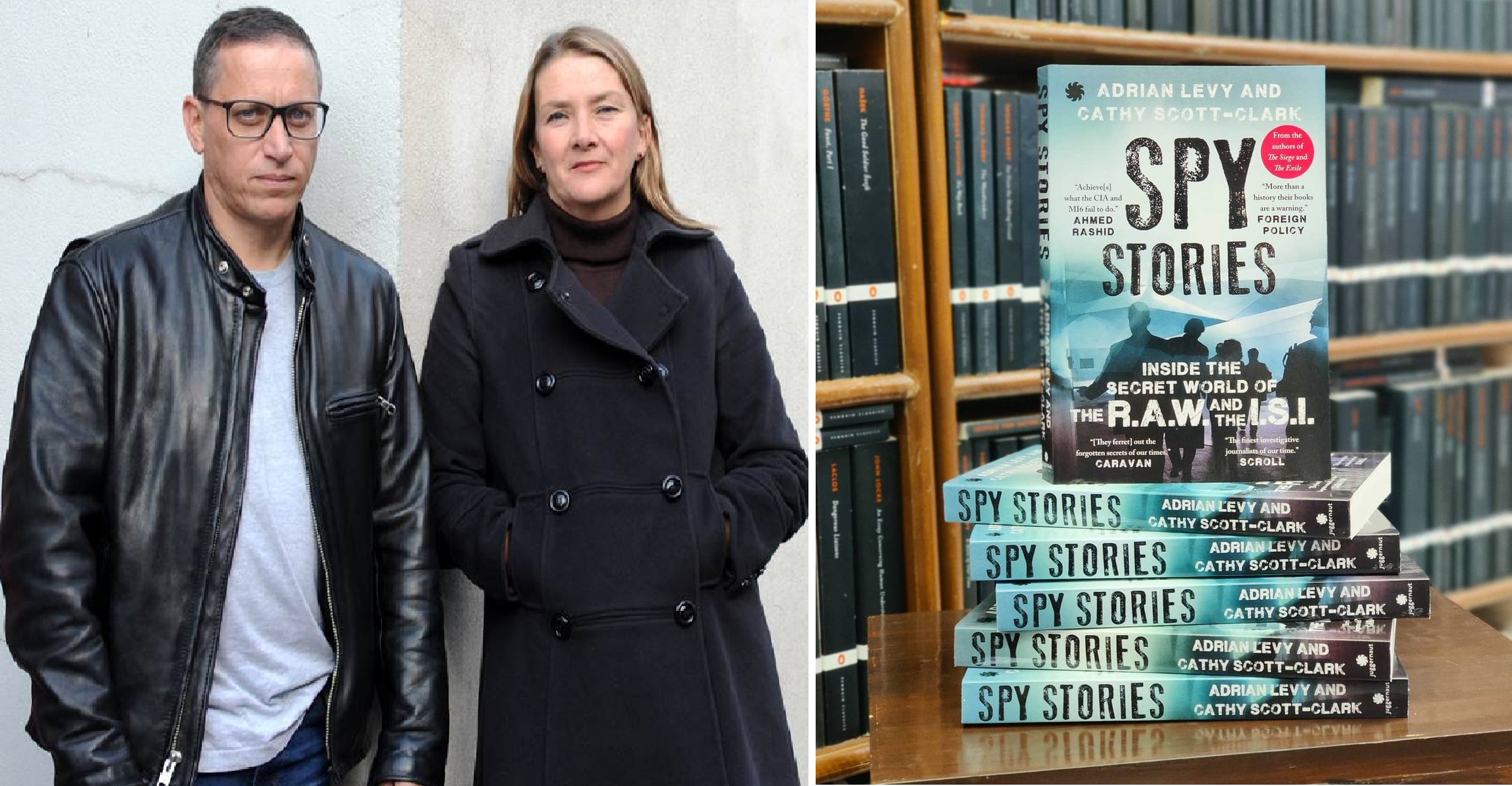
New Delhi: Corrupt local police officers” were suspected to have scouted the Pathankot airbase before the terror attack at the IAF facility in 2016 and one of them identified a no-surveillance spot which was used by the raiders to heave ammunition, grenades, mortars, and AK-47s, a new book has claimed.
This claim has been made by journalists Adrian Levy and Cathy Scott-Clark in their book “Spy Stories: Inside the Secret World of the R.A.W. and the I.S.I.”
On January 2, 2016, a team of gunmen wearing Indian army fatigues waded through a branch of the Ravi river on the India-Pakistan Punjab border. Arriving on the Indian side, the men hijacked vehicles and drove towards the sprawling Pathankot Air Force base. Scaling a perimeter wall, they recovered in the long grass and then ran towards a residential compound where the first gun fight crackled.
Four attackers were killed as also three members of the Indian security forces. Four more Indian soldiers died the following day in an IED blast. It took three days for the security forces to be certain they were back in control.
India responded by heaping pressure on battle-weary Pakistan, threatening war, the authors say. “But internal reporting by combined intelligence was coruscating and painfully honest. It acknowledged that several key pieces of protection were missing, ”despite constant warnings”.
More than 91 kilometres of the Punjab border was not fenced,” they write. “At least four reports had suggested that rivers (and dry creaks) were vulnerable spots, but no nets were pegged across them.
There were no extra patrols, despite six written requests. Surveillance technology and movement trackers had not been deployed,” they say. They also quote a BSF officer telling them that the border guarding force was “thin on the ground because it concentrated its activities in Kashmir, and its requests for more men had been ignored repeatedly”.
On the Pathankot strike, Levy and Scott-Clark say that terror group Jaish-e-Mohammed had paid for the 350 kilos of explosives but they had been procured in India and the haul was waiting for the raiding party on the Indian side.
“Indian allies, including corrupt local police officers, were suspected of scouting the airbase. One of these dirty cops had found an area where there were multiple vulnerabilities: the floodlights were down, and the C.C.T.V. cameras had no coverage. There was no surveillance equipment of any kind and a large tree grew beside the perimeter wall that one written report identified as a security hazard,” the book, published by Juggernaut, says.
An IB officer who investigated the case told the authors that the “police officer or one of his collaborators had climbed up and attached a rope. The raiders had used it ”to heave over 50 kilos of ammunition, and 30 kilos of grenades, mortars, and AK-47s” used in the strike”.
The heavily armed Jaish-e-Mohammad (JeM) militants sneaked into the air base, killing six soldiers and an officer. Four militants were gunned down by the Indian security forces.
The authors write that after the Pulwama attack, “spy games were at play by seasoned officers on both sides of the border who knew that once the past was edited the future remained clouded”.
The book also mentions how ISI considered Kulbhushan Jadhav, a former Indian Navy officer on death row in Pakistan over espionage charges, a “small fry” and “intended to turn him into an enormous trophy”.
They quote an unnamed officer connected with the ISI who says, “The I.S.I. waited patiently, hoping to grow Jadhav into something special and then when he was big enough, as a target, the I.S.I. would pull him in.”
Follow this link to join our WhatsApp group: Join Now
Be Part of Quality Journalism |
Quality journalism takes a lot of time, money and hard work to produce and despite all the hardships we still do it. Our reporters and editors are working overtime in Kashmir and beyond to cover what you care about, break big stories, and expose injustices that can change lives. Today more people are reading Kashmir Observer than ever, but only a handful are paying while advertising revenues are falling fast. |
| ACT NOW |
| MONTHLY | Rs 100 | |
| YEARLY | Rs 1000 | |
| LIFETIME | Rs 10000 | |









